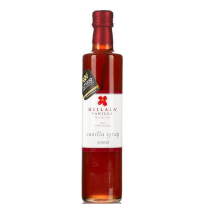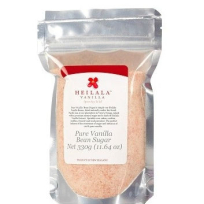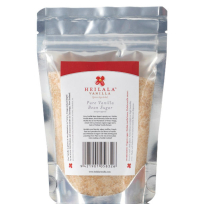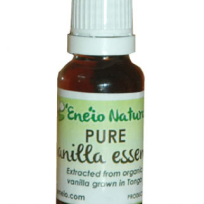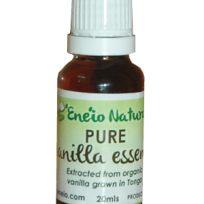Products
Shop Online
Shopping Cart

Shop Online
Vanilla
Grown for its fragrant beans, vanilla has been organically farmed in Vava’u since the 1950’s as an important export crop. Vanilla is the only edible fruit of the orchid family, the largest family of flowering plants in the world. In the natural environment, vanilla is a forest plant with a shallow root system, it is a creeper that requires other plants to climb on. Vanilla thrives in a forest environment of moist humid soils and high in humus or decayed organic matter. Vanilla is the world’s most labor-intensive agricultural crop.
Read More
Vanilla is the onl
There are 2 species of vanilla grown in Tonga:
(1) Vanilla fragrans - The main vanilla of commerce is Vanilla fragrans because of its high vanillin content. Vanilla fragrans is a vigorous species with wide broad elliptic shaped leaves, and fruits that will split open when ripe fruits must be picked when ripe and scalded in hot water or high heat to prevent splitting and to initiate fermentation. Vanilla fragrans flowers in the third year after planting and requires a 6 to 8 weeks dry period for flower initiation.
(2) Vanilla tahitiensis - The Tahiti vanilla has narrow long leaves and fruits do not split readily when ripen so it can be harvested and sun-dried without scalding in hot water. Fruits are generally smaller in size than the Vanilla fragrans and have lower vanillin content, but Tahiti vanilla has more aromatic compounds that give it a special unique fragrance. Only few plants are grown in Vava’u and Tongatapu but it is the main species grown in Tahiti and Niue. Vanilla tahitiensis tends to flower earlier and requires a shorter dry period for flower initiation than Vanilla fragrans.
Vava'u is well known for the high quality of their vanilla beans, which possess a similar flavour and aroma profile to those from the east-African region of Madagascar and the surrounding countries. The warm tropical climate and generally fertile soil makes Vava'u an ideal location for vanilla growing and cultivation.
Grown for its fragrant beans, vanilla has been organically farmed in Vava’u since the 1950’s as an important export crop.
The vanilla vine is grown from stem cuttings taking three years to produce the first flowers. Each flower must be hand pollinated in order to produce a fruit or bean. The vanilla bean takes up to 10 months to mature and ripen.
Each ripe bean is individually hand picked and must be scalded in hot water for three minutes so as to kill the beans and prevent them from splitting. The scalded beans are wrapped in heavy blankets to keep them warm in a s
This is to enable the beans to turn brown and to start the process of fermentation and conversion of starch and sugars to vanillin or the vanilla essence. The beans are then sun dried every day for three weeks. At this time the vanilla beans are pliable with 
The vanilla beans are then graded into sizes, wrapped tightly in wax paper and packed tightly in maturing boxes for slow curing. At this stage the vanilla beans are ready for sale and extraction of the vanilla essence. The curing of vanilla is a long drawn out process, and it is a real art to produce high quality vanilla that has high vanillin content.
History of Vanilla
Vanilla was discovered in Mexico and brought to the Western world by the Spanish conqueror, Fernando Cortez around 1522. He found that vanilla was used by the Aztec Indians for flavoring of cacao (cocoa) drinks for their Emperor. It was a highly valued flavoring because vanilla beans were uncommon. This was due to rare fruiting from occasional pollination by the Melipone bees. It was not until an African slave named Edmund Albius first discovered the method of hand pollination in Reunion in 1841 that mass production became possible. The commercial cultivation of vanilla as a commodity later became important for many countries in the world.
The Spanish, British and French introduced vanilla to their tropical colonies. Vanilla was brought to Vava’u (Tonga) from Tahiti by French priests in the late 1880’s. The French have developed vanilla worldwide more than anybody else and earlier had introduced vanilla into Reunion (1793), Java (1819), Bourbon (1822), and Tahiti (1848).
In the Pacific vanilla is grown in Tonga, Tahiti, Papua New Guinea, Vanuatu, Fiji, Samoa and Niue. The biggest producers worldwide at present are Madagascar, Indonesia, Mexico, Reunion & Commoros.
After the introduction of vanilla to Vava’u in the late 1880’s, it was later found growing wild in ‘Utulei and Mt Talau in the early 1950’s. The Crown Prince Tungi (who later became King Taufa’ahau IV) was instrumental in the promotion of growing vanilla in Vava’u, when he was Prime Minister of Tonga.






